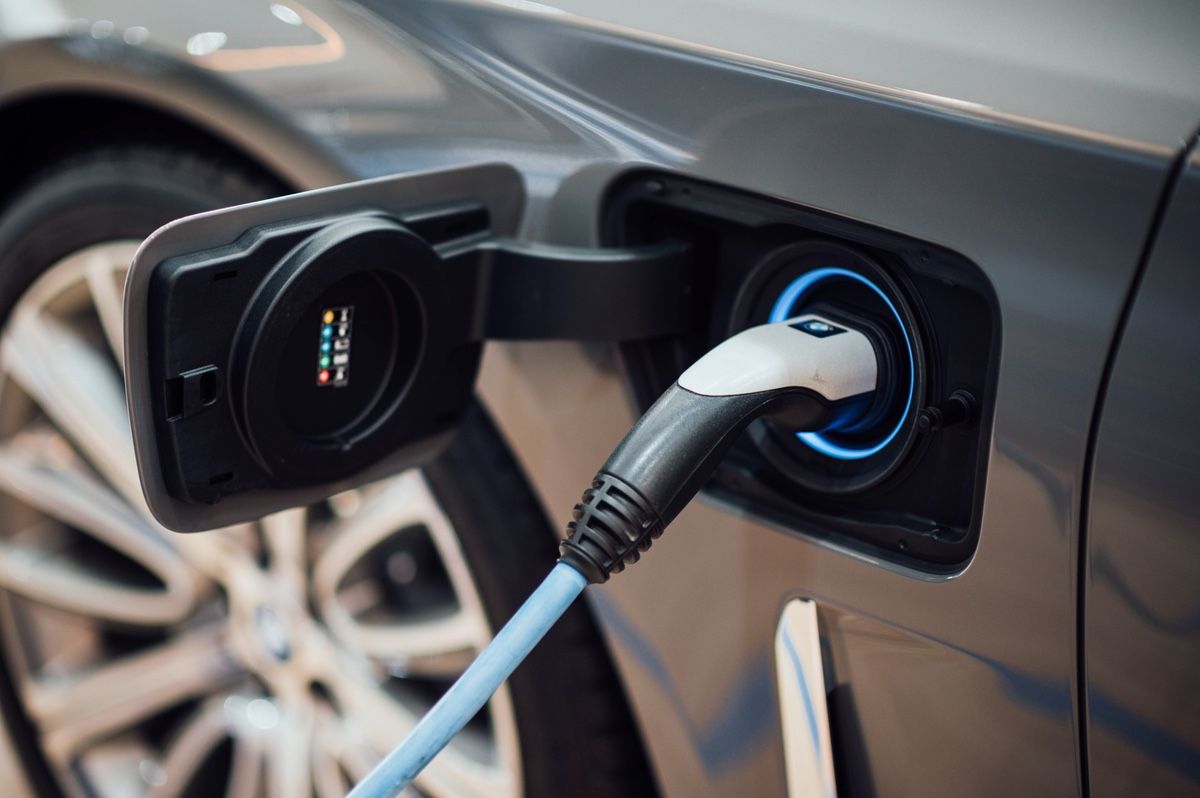Blog
A Bumpy Ride for AV Makers
June 9, 2025
Self-driving technology is a revolution waiting to happen. But it’s a revolution that, despite feeling tantalizingly close, has so far failed to come to fruition. Notably, Tesla’s Elon Musk has been forecasting an imminent breakthrough for the past six years or so — but despite the fact that the company offers a $15,000 ‘Full Self Driving’ package, its cars are still not fully autonomous. As a result, Tesla is currently facing a class-action lawsuit from dissatisfied customers who believe the company has misled the public about the capabilities of its Autopilot and FSD beta software.
According to the plaintiffs, their vehicles have simply not lived up to the marketing: they’ve struggled to make routine turns, have run red lights, and have veered into oncoming traffic. There have been some serious collisions, too. CNN reported last week that Tesla’s lawyers are arguing in response that mere failure to realize long-term goals does not constitute fraud. While that, of course, may be true, the case nonetheless clearly underscores the difficulties the firm is encountering in delivering on the promise of wholly autonomous vehicles.
Other businesses are running into obstacles as well: Ford and Volkswagen recently shut down their jointly owned AV startup, Argo AI. The American motoring giant, which invested $1bn in Argo in 2017, indicated that it will shift its focus from developing Level 4 self-driving vehicles to designing advanced driver assistance systems. Its CEO, Jim Farley, said that, right now, ‘profitable, fully autonomous vehicles at scale are a long way off’. Moreover, according to Bloomberg, Apple has pushed back the launch of its self-driving electric car by at least one year, to 2026, and has also abandoned plans to equip the vehicle with Level 5 capabilities.
So, why exactly is it that so many heavy hitters are failing to meet their targets? After all, Honda, Waymo, and Cruise predicted that they, too, would develop full self-driving by 2020. And yet it just hasn’t happened. The problem, fundamentally, is that the cars, while adept at navigation and path planning, struggle with environmental perception. They have to be able to interpret the world around them and respond to changes quickly and appropriately, and with the proficiency of a human driver.
Currently, AVs’ object-identification and motion-detection capacities are not sufficiently reliable, particularly in difficult weather conditions, such as fog, rain, and snow. But, without a doubt, the greatest challenge for developers is to train the technology correctly to infer the intentions of other agents in the surrounding environment. In other words, there is more to safe driving than simple obstacle avoidance; the AI must learn to predict how, say, a child or stray farm animal might act in any given situation. And as Musk himself has noted in seemingly less sanguine moments, this will require an Artificial General Intelligence capable of mimicking human cognition.
Now, it’s not at all clear that this will be achieved in the near future. However, with an estimated $100bn having been invested in the endeavor since 2010, and more money being poured into the technology all the time, it seems that, for many, self-driving vehicles are an irresistible goal, and something of an inevitability — albeit one that has been hitherto elusive. The realization of fully autonomous electric vehicles would mean fewer road accidents, less pollution and congestion, and less stressful commutes. This is a worthy aspiration. For the time being, though, it looks as if we might have to content ourselves with advanced driver assistance systems and the considerable benefits this slightly-less-ambitious technology will afford us.


